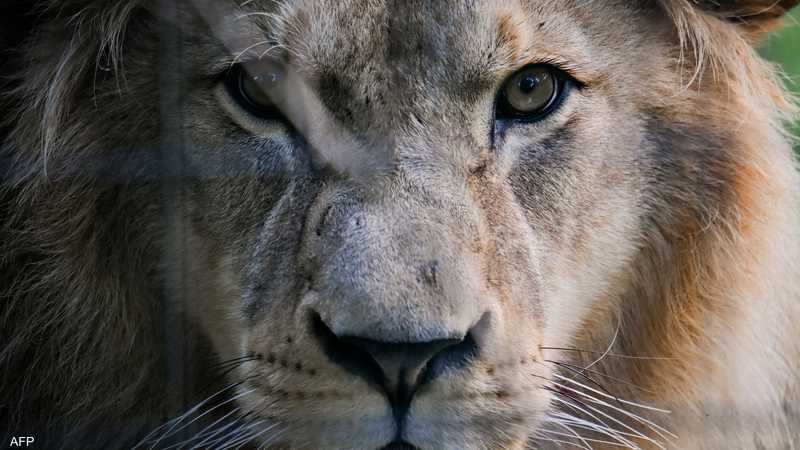The Fear of Humans Drives Wild Animals to the Brink of Extinction

A recent study has shown that the continuous human presence in the habitats of wild animals has become a constant source of fear for them, negatively affecting their behavior and chances of survival.
According to researchers, animals that try to avoid humans do so only for temporary periods, due to the near-ubiquity of humans, which keeps them in a cycle of renewed fear. This ongoing anxiety — according to the study — may lead to a decline in prey species over time, even without direct intervention from hunting or climate changes.
The scientific team pointed out that some species, such as giraffes, are already suffering from declining numbers, and the exacerbation of the psychological pressure resulting from human presence threatens to accelerate this decline. For those creatures, merely seeing a human is enough to trigger a strong instinctive response to danger, far exceeding their reactions to any natural predator.
Researchers confirm that what exacerbates the problem is that humans have become the most frightening element in nature, not only because of their activities that alter environments and reduce natural habitats, but because their very presence is interpreted by animals as a constant threat signal, keeping them in a state of continuous alertness that may weaken their ability to survive and reproduce.